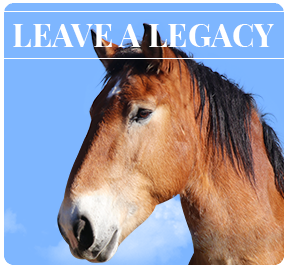Spanky seems to be holding his own and is doing very well after his long ordeal last week at the emergency veterinary clinic in Gilbert. What we thought to be colic, turned out in fact to be a toxic poisoning. Salmonella and other toxins have been ruled out, and all tests are pointing to oleander poisoning. Although we have two plants tucked around the side of the house, a distance from the horses, and two smaller plants at the visitors center, I suppose leaves could have blown in the corral, or possibly from a neighbor’s. Maybe a crow brought in a branch, and Spank decided that those sweet tasting leaves would be better ingested than left on the ground untouched. We will never know for sure, but one big lesson that we learned from this experience is that oleanders are a very, very toxic plant. Only seven dried leaves can leave a horse in Spanky’s condition (on the verge of death), three times this much can kill a horse. Some of the symptoms are those similar to colic; lethargy, red eyes, head hung low, low white blood cell count and an elevated heart rate to name a few. A charcoal tubing is necessary to rid the toxins and not allow them to recycle through the horses’ intestinal system. Elevating the white blood count is also imperative in order to ensure the safety of any horse that may ingested leaves from the oleander plant. Thankfully we were able to act quickly by trailering Spanky to the hospital and thankfully the staff at Arizona Equine was waiting for us when we arrived. Please remember, oleander and animals (horses, dogs, cats and other livestock) don’t mix. Protect your pets
Thank you all for your continued love, support and good wishes for Spanky.
For those of you who would like to help us with his unexpected emergency vet bill which amounted to over $4,000, please log on to www.equinevoices.org or you can mail a check to PO Box 1685, Green Valley, AZ 85622.
Thank you!







